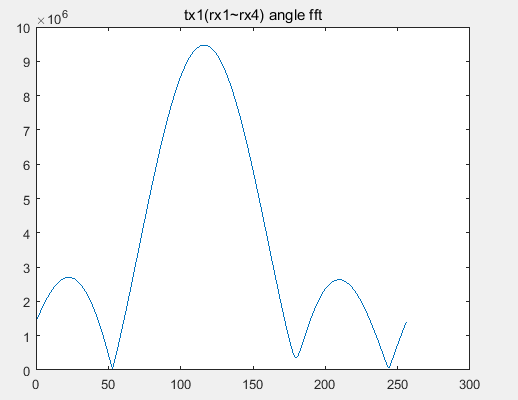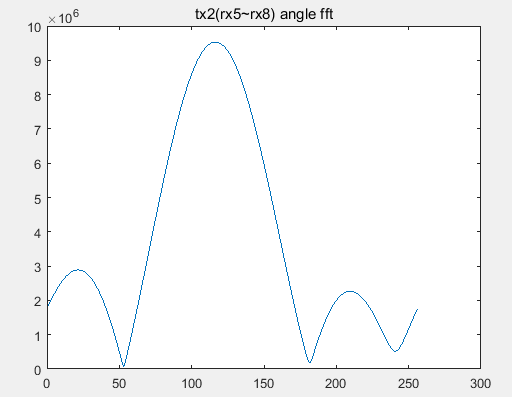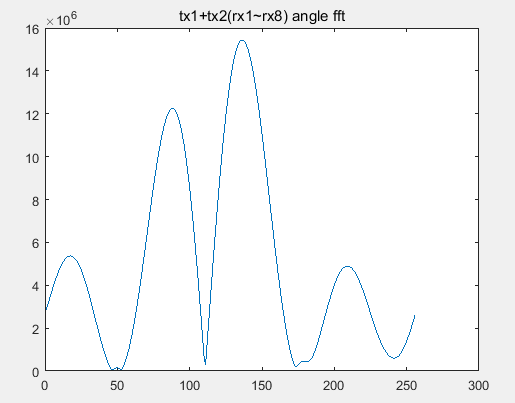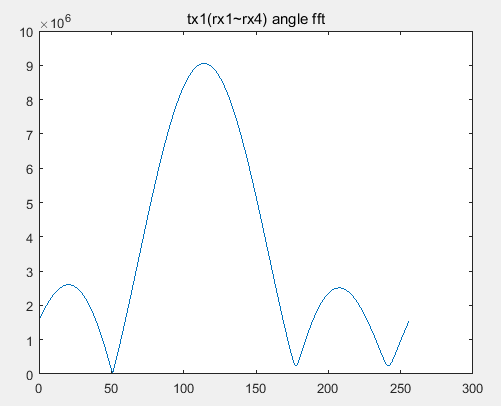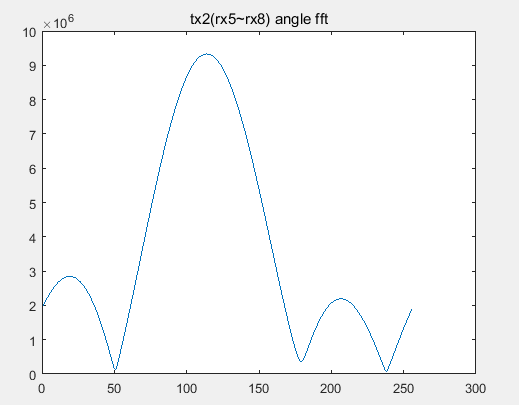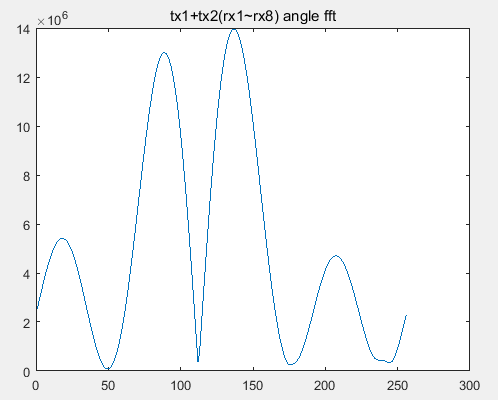Hi Joe Quintal:
we have the same question with "Santi Ortega" , about phase discontinuity on 1642 board in MIMO mode with the sdk demo program.
the phase of tx1-(rx1~rx4) is discontinue with tx2-(rx5~rx8) and the phase difference between the two sets(rx1~4 and rx5~8) is
change with the target angle changing. the original post is locked, we want to know have this problem been solved?
thanks



